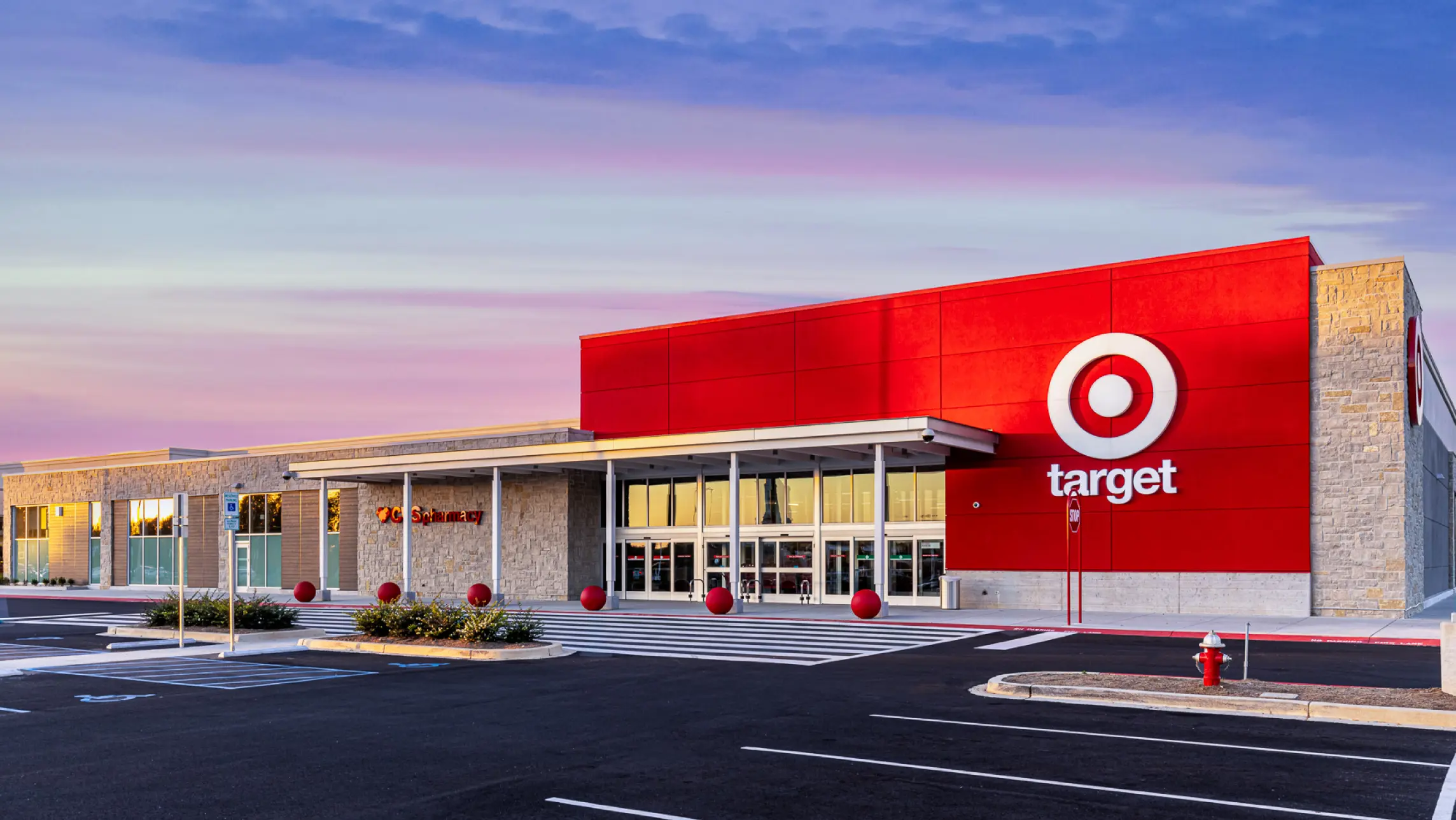
- Blog
Colgate-Palmolive: managing demand peaks with inventory flexibility
Demand peaks are inevitable in the consumer goods industr...
How Target turns 2,000+ stores into a nationwide fulfillment network and what supply chain leaders can learn

Retail supply chains are now measured by their ability to "move in the moment," superseding traditional metrics like cost or capacity.
In a time where demand can spike overnight and consumers expect delivery in hours, execution speed has become the ultimate competitive edge.
Nowhere is this more visible than during peak season; that brief but brutal window between November and January when customer expectations soar and every inefficiency is exposed.
This is where execution meets reality and where even the most sophisticated planning models can falter if the network can’t adapt fast enough.
Target, one of the world’s largest omnichannel retailers, has found a way to thrive in this high-pressure environment.
Instead of building more warehouses or chasing incremental efficiency, it has rewritten the playbook; turning its stores into fulfillment hubs that connect digital demand with local delivery in real time.
In this article, we explore Target’s peak season playbook and what supply chain leaders can learn from it.
Why peak season defines retail execution
Each year, between Black Friday and January returns, retail networks face their fiercest operational test.
But where others struggle with surging orders, staffing shortages and last-mile bottlenecks, Target has turned the holiday chaos into a competitive advantage.
At the heart of its strategy is a simple but powerful shift: treating every store as a node in its national fulfillment network.
More than 95% of Target’s digital orders are now fulfilled directly from stores and over half are completed through same-day options such as Drive Up, Order Pickup or Shipt. - Target FY2024 Investor Report
By using its retail footprint as a distributed logistics network, Target shortens delivery routes, reduces fulfillment costs and provides shoppers with the speed and flexibility that define the modern omnichannel experience.
While Q4 is a scramble for most retailers, Target views it as a systems test that its store-as-hub model is designed to pass.
From centralized warehouses to store-led fulfillment
Before the shift, Target relied on a traditional DC-centric model. It was efficient at scale but struggled under the weight of peak-season volatility.
Surges in e-commerce orders often overwhelmed regional distribution centers, leading to delayed shipments, increased transport miles and soaring last-mile costs.
The e-commerce boom intensified the strain. Between 2019 and 2024, online order volumes more than doubled, but the consumer’s patience halved.
According to McKinsey, retailers now lose up to 35% of potential conversions if fast-delivery options aren’t available at checkout.
Target’s leadership realized that adding more warehouses wasn’t the answer. The real opportunity lay in using what they already had differently transforming physical stores into intelligent execution nodes capable of handling the last mile locally.
How Target’s store-as-hub model works
Target re-imagined its stores from the ground up: not only as shopping destinations, but as operational engines within a wider digital ecosystem.
The transformation began with a multi-year investment in Warehouse Management (WMS), Transportation Management (TMS) and Order Management Systems (OMS).
These upgrades created a unified layer of visibility across all channels and allowed Target to dynamically decide which store should fulfill each order in real time.
The impact was transformative.
Target reported that its store-as-hub model reduced average fulfillment costs by up to 40% compared with ship-from-DC methods, while improving delivery speed and inventory utilization - Target 2024 Annual Report
Optimizing supply chain execution: unifying orders, inventory and delivery
During the 2024 holiday season, Target processed more than 200 million same-day fulfillment orders; a 10% year-over-year increase without expanding its DC network.
Behind the scenes, this resilience came from the ability to sense, decide and act continuously across thousands of fulfillment nodes.
Every decision, from picking to packaging to delivery, happens within one synchronized execution loop. This is Target’s quiet advantage: speed through synchronization.
The ESG impact of store fulfillment
Speed is only part of the story.Target’s store-led fulfillment model also plays a central role in its sustainability roadmap.
By shipping from stores, the company dramatically reduces “empty miles” and improves delivery density; cutting transport emissions without compromising service. Each shorter route means less carbon, less packaging and more efficient fleet utilization.
Target’s science-based climate goals aim to reduce Scope 1, 2 and 3 emissions and its store-as-hub design directly contributes to those outcomes.
It’s an ESG story rooted in operational design; proof that execution intelligence and sustainability can move in lockstep.
Lessons for supply chain leaders preparing for Q4 peak season
Target’s peak season playbook offers a lesson for every retailer facing the same pressures:
an optimized execution is now the currency of resilience.
Modern supply chains can no longer rely on fixed hierarchies of distribution. They need networks that adapt; shifting fulfillment from central DCs to stores, from static lanes to dynamic routing, from linear workflows to real-time orchestration.
The question for leaders isn’t “Do we have enough capacity?” It’s “Can our network decide fast enough and smart enough to deliver on every promise?”
Infios insight: building the foundation for adaptive, store-led execution
At Infios, we build the systems that make this possible. Our AI-powered, modular and intelligent execution platform connects order management, warehouse operations and transportation into one adaptive ecosystem - enabling the same orchestration intelligence that powers retail leaders like Target.
With unified visibility and predictive routing, Infios helps enterprises turn distributed networks into performance engines.
